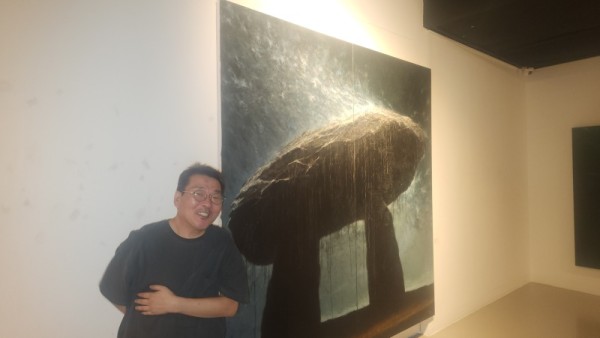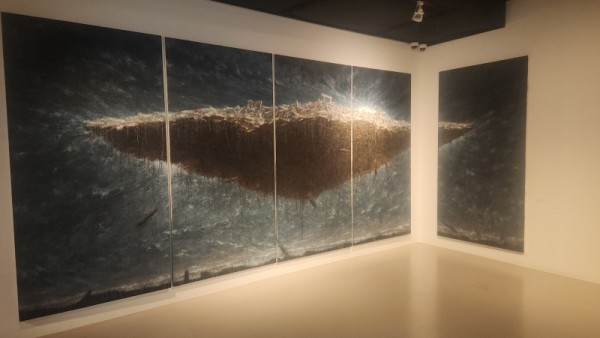
“History is not made by heroes, but by the nameless.” This conviction, voiced by artist Jo Jeong-tae, defines the theme of his latest solo exhibition at Seoul’s Insa Art Center, which opened on September 17. Stepping into the third floor gallery, visitors are met by vast canvases layered with sand and earth.
Fiery crimson blazes erupt across the surface, galaxies scatter like dust, and a lone vessel drifts into darkness.
Though epic in appearance, Jo is quick to clarify: this is not a hero’s warship, but a funeral bier carrying the forgotten dead.
While history preserves the names of generals like Yi Sun-sin and Gang Gam-chan, Jo reminds us that the countless soldiers who perished beside them remain unrecorded. “I want to paint for those who vanished without a name,” he says.
In his works, the nameless are reborn as stars — each glowing point symbolizing a life and a sacrifice. “A single dot may seem ornamental, but I want viewers to remember it as someone’s existence, someone’s loss.”
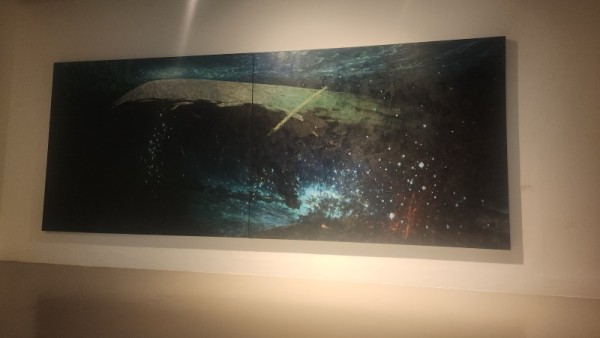
Ritual Motifs and Layered Histories
The recurring imagery of boats, flames, and stars is drawn from traditional rituals Jo witnessed growing up in a coastal village — from shamanic sea offerings to funeral processions ferrying souls across worlds.
For him, the boat is not merely a vehicle, but a passage toward the afterlife.
The use of soil, sand, and fire on canvas goes beyond materiality, evoking layers of history and memory, where tradition and modernity, life and death, remembrance and oblivion intersect.
Jo’s concerns also extend to the present. Reflecting on AI and deepfake technologies, he offers a blunt warning: “Every new technology has been misused first. Computers, AI — it all depends on human nature in the end.” His canvases juxtapose darkness with flashes of light, hinting at the duality of civilization and questioning whether humanity can make mature choices as technology advances.
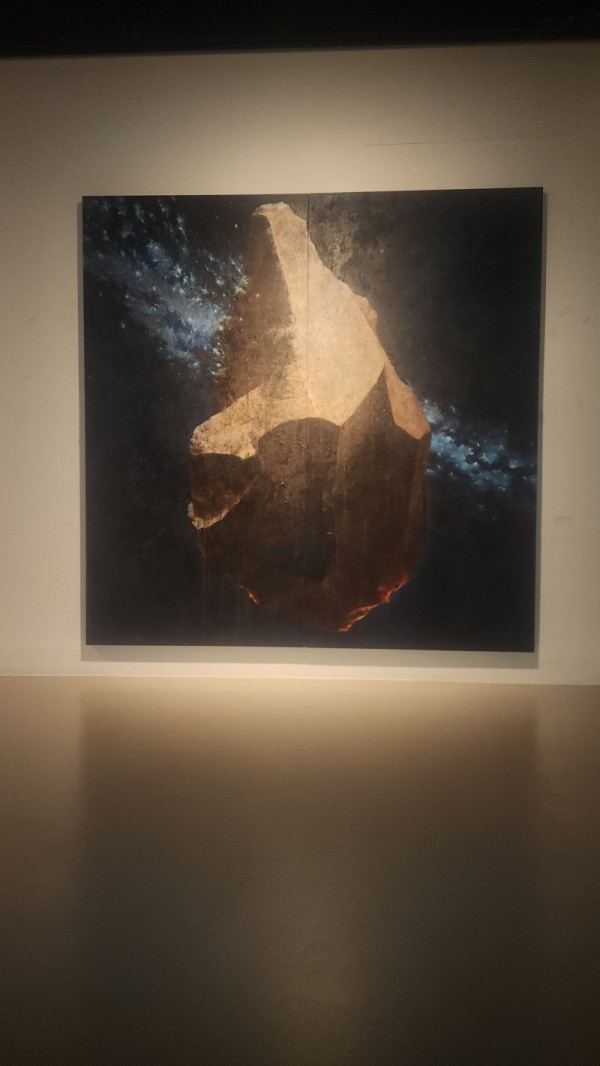
The artist does not shy away from critiquing the art world itself. “Today, the focus is too often on what sells or shocks.
Art is quickly consumed like a trend. But I remain committed to making work true to my own sensibility.” Surprisingly, he welcomes imitation, so long as it evolves into something new: “If someone takes inspiration from my paintings and transforms it into something better, that is the progress of art. But blind copying without legitimacy will never survive in the market.”
Art for the Forgotten
Ultimately, Jo’s practice is less about recreating history than offering reverence to those who have been erased from it. “History is written by victors, but real human history was carried forward by the nameless. I want to pay tribute to them through painting.”
Rejecting the glorification of heroes, his exhibition invites viewers to confront unsettling questions about sacrifice, memory, and the purpose of art itself: Whose names endure in history? And who is art really for? Running through September 22, the exhibition also features the subtheme “Flickering Stars: Stories of the Departed,” a continuation of Jo’s decade-long series “Those Who Became Stars.”
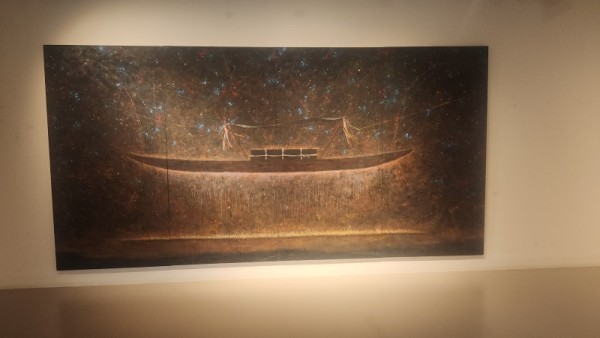
Known as a people’s painter who weaves historical narratives onto canvas, Jo describes his recent year-long stay in China as a turning point that profoundly reshaped his artistic journey.
